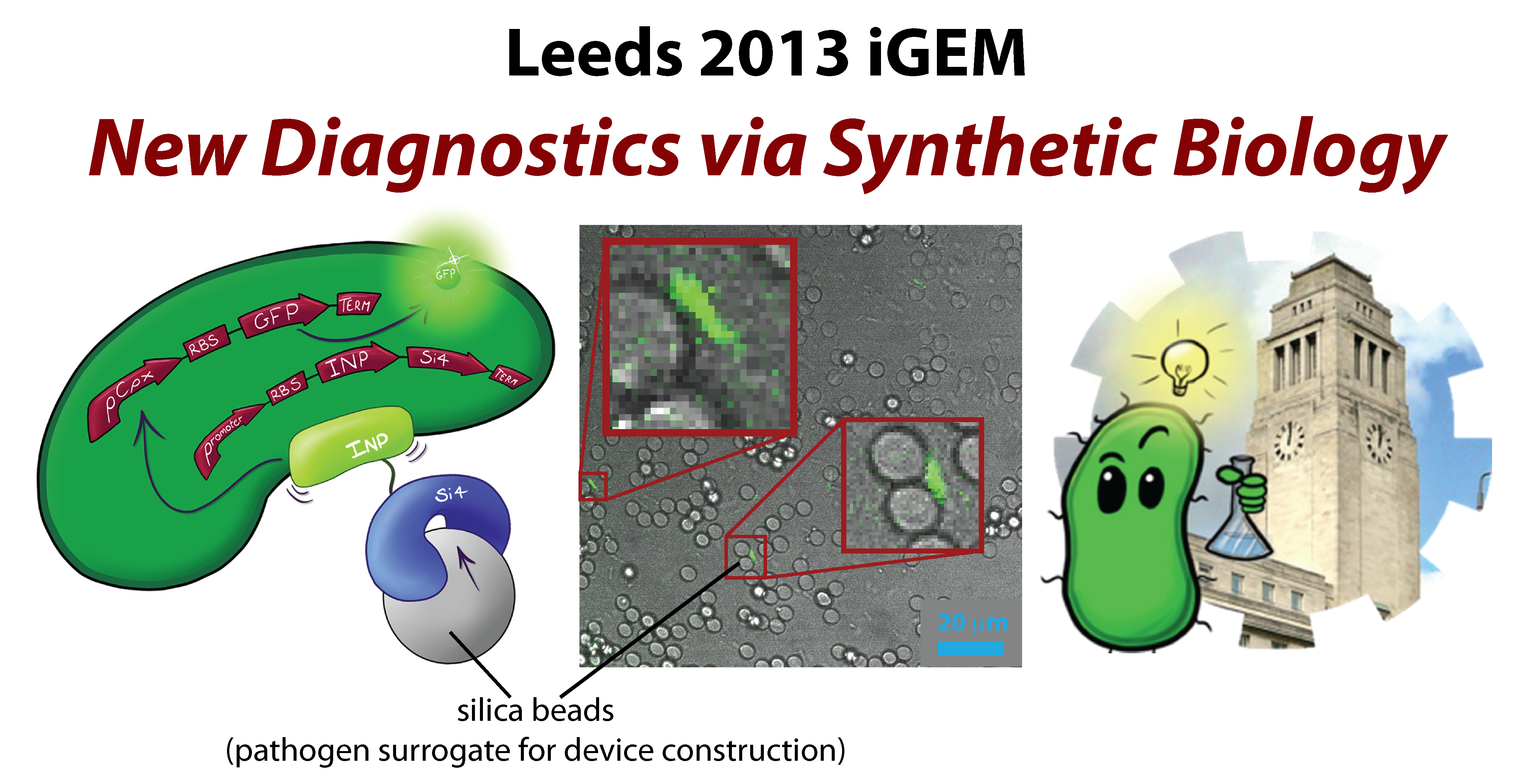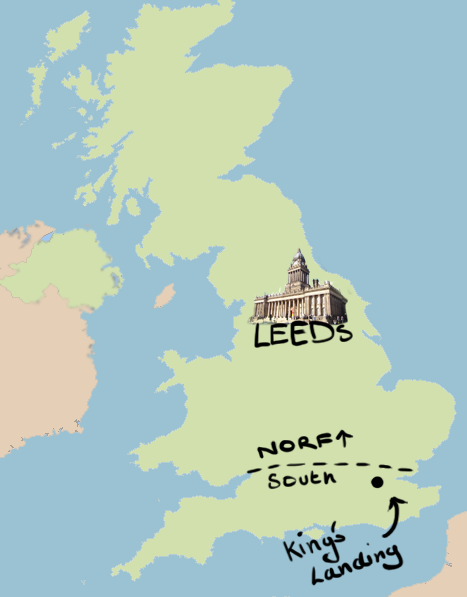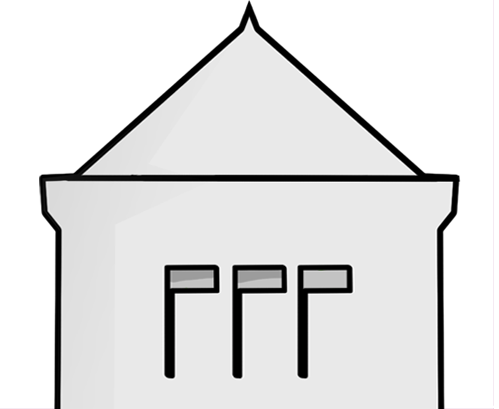Team:Leeds
From 2013.igem.org
m |
m |
||
| Line 12: | Line 12: | ||
<br> | <br> | ||
==Who the heck are Leeds?== | ==Who the heck are Leeds?== | ||
| - | [[File:Leeds_Map.png|200px|right|Leeds is a city in West Yorkshire, in the North of England. It has strong historical ties to the wool industry, and is famous for the Tetley brand of bitter ale|frameless]]We are the Leeds 2013 iGEM team, for our project we are hoping to design a modular system to allow for the detection of particles in solution via physical binding. To achieve this we are modifying membrane stress response pathways, utilising fluorescent reporter proteins, using quorum sensing to achieve signal amplification as well as directed evolution to design new attachment peptides. | + | [[File:Leeds_Map.png|200px|right|link=|Leeds is a city in West Yorkshire, in the North of England. It has strong historical ties to the wool industry, and is famous for the Tetley brand of bitter ale|frameless]]We are the Leeds 2013 iGEM team, for our project we are hoping to design a modular system to allow for the detection of particles in solution via physical binding. To achieve this we are modifying membrane stress response pathways, utilising fluorescent reporter proteins, using quorum sensing to achieve signal amplification as well as directed evolution to design new attachment peptides. |
<br> | <br> | ||
==So what's the [[Team:Leeds/Project | Big Idea]]?== | ==So what's the [[Team:Leeds/Project | Big Idea]]?== | ||
Revision as of 11:57, 23 July 2013

Who the heck are Leeds?
So what's the Big Idea?Our initial idea is to design a system capable of testing water for the presence of pathogenic bacteria, this system will initially be modeled using silica beads and a Si4 attachment peptide. Our idea is to use Ice Nucleation protein to present the Si4 peptide on the outer membrane of our E. coli in conjunction with the membrane stress modulator, CpxR promoter, linked to Green Fluorescent protein. The binding of E.coli to the silica beads will hopefully cause enough membrane stress to induce the CpxR promoter and therefore production of GFP. In addition to this we will be incorporating the LuxI quorum sensing pathway to another GFP tag resulting in massive signal amplification between all of our bacteria in solution creating an all of nothing response to the signal.
| |||||||
 |
| ||||||

| |||||||

| |||||||
 "
"






